Crazy About Quality
Author
Published
8/26/2021
McFarland Family Farms, located in West Weber (near Ogden), is known for their delicious sweet corn and currently operated by Kenny and Jamila McFarland. They have been growing produce with a focus on a direct-to-consumer market since the late 1980s.
Kenny’s father, Layne, took the initial jump into vegetable production when he left his job as a software engineer to return to his roots on the family farm and started raising produce. “This was all back before it was cool to be a small-time, local produce farmer,” said Kenny.
While Layne was growing up, the family had a dairy farm that went out of business during farm crisis years of the 1980s. But their farmland was kept in production while Layne slowly converted cropland to grow vegetables. In 1988, he grew his first produce crop - one acre of sweet corn. At harvest time, Layne put corn in banana boxes, went up to the historic fruit highway in Box Elder County, and started selling corn out of his truck.
As the farm and his children grew, Layne’s return to agriculture became a family affair. His wife, Laura, would drive the harvest truck and their kids would pick corn.
“We’d pick until like noon, load up a truck, go somewhere and then sell it,” said Kenny.
One thing Kenny learned from his father was the importance of growing a quality crop.
“My dad is crazy about quality,” said Kenny. “He taught me that just like real estate is about location, location, location, in the produce business it’s quality, quality, quality. The only thing that matters is quality because it just sells itself if you have good, consistent quality.”
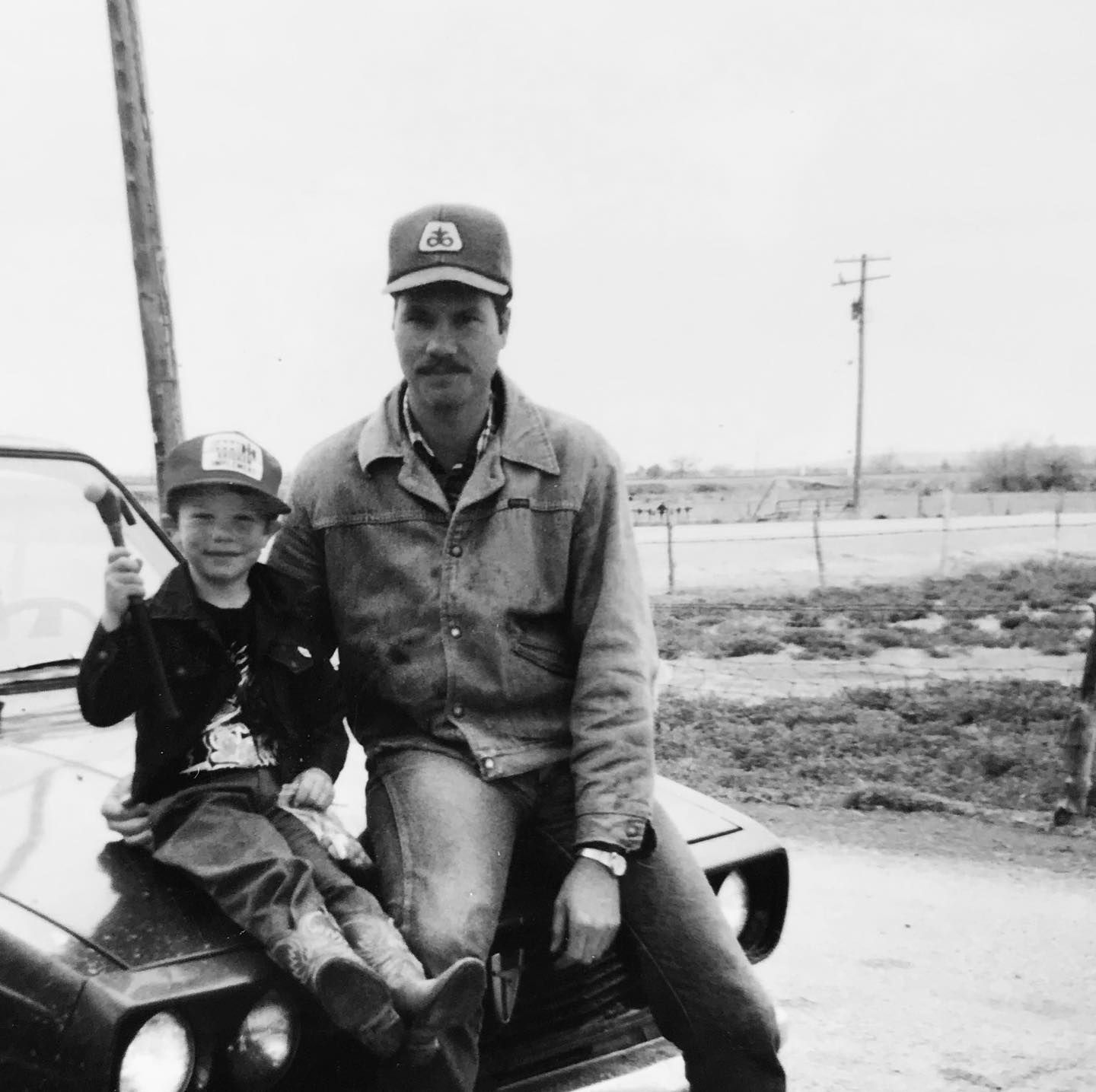 Layne (right) and his son Kenny at the farm in West Weber. Layne (right) and his son Kenny at the farm in West Weber.
| 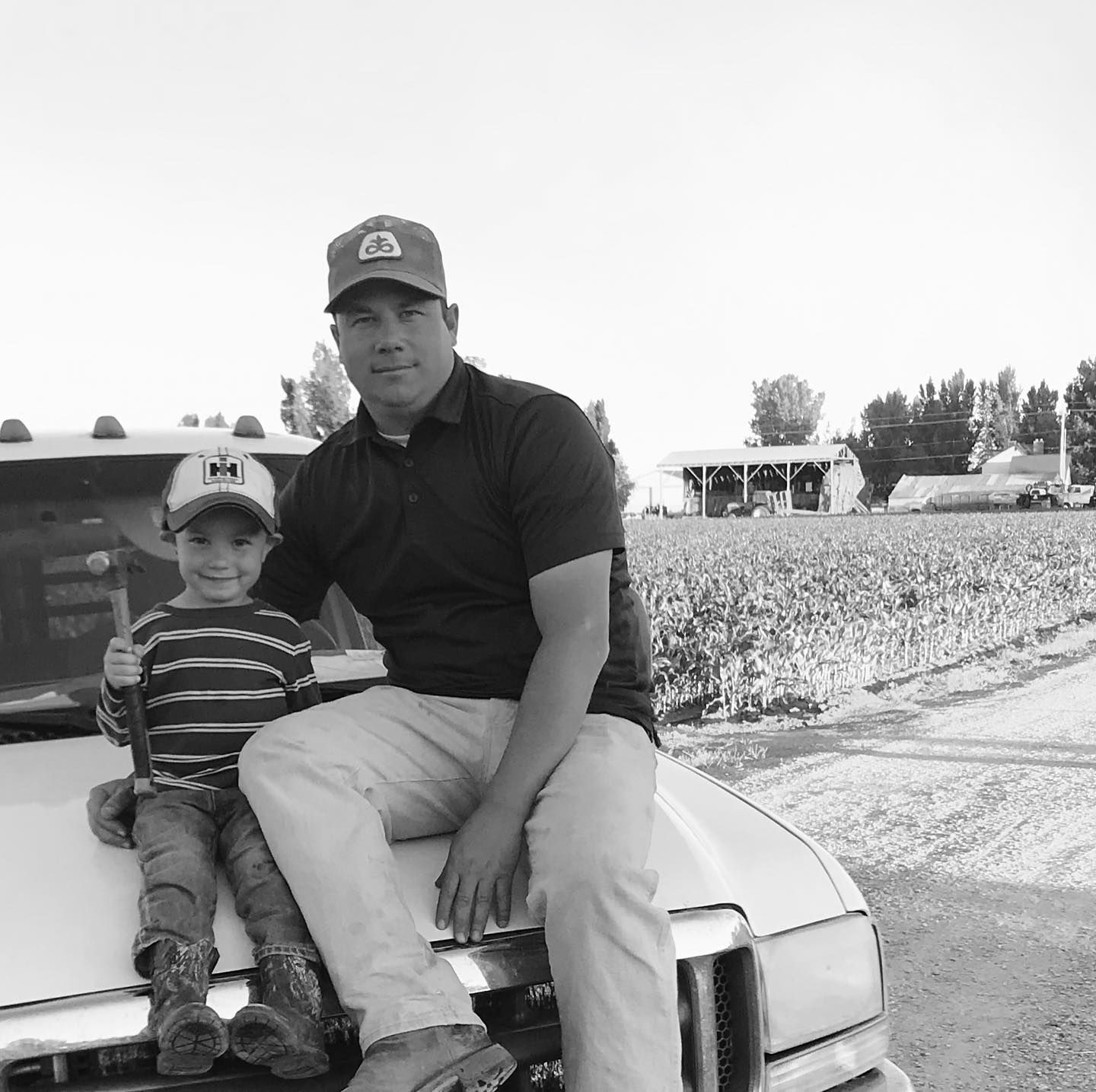 30+ years later, Kenny (right) recreating the photo with his son. 30+ years later, Kenny (right) recreating the photo with his son.
|
Striving to be Their Best
Today, the McFarlands benefit not only from Layne’s passion for quality produce, but also from the sacrifices of prior generations as they continue to pioneer new approaches.
“My McFarland ancestors came here to West Weber in 1859 and broke the ground, took out the sage brush and built canal systems off of the Weber River,” Kenny said. “They actually lived in mud dugouts for the first two winters trying to get things going.”
They use that same canal system to power their drip irrigation to this day.
“It’s a huge process to get it going,” Kenny said. “I’ve got a crew out there planting and I’ve got a crew coming right behind putting on all the connectors and the valves. You also have your pumps to set-up and everything.”
Although the system is labor intensive and somewhat costly to put in every year, the McFarlands are certain that the drip system yields a return worth the investment.
“We’re on track to have 80% of our farm in drip irrigation in 2021,” said Kenny. “We’re using a lot less water and using it more efficiently. My yields are a lot better with drip.”
The evolution of the family farm from alfalfa to produce has been a process.
“Over the last 10 years, we’ve been slowly transitioning out of alfalfa, and now we only rotate with produce crops,” Kenny said. “We raise around 275 acres of produce including sweet corn, onions, pumpkins and winter squash. One of our fields is dedicated to the produce stands we do, so it has tomatoes, cucumbers, peppers, zucchini, beets and beans.”
The McFarlands don’t believe there is a specific variety that produces the best corn, so they plant several to have early and late varieties. For Kenny, it’s all about caring for each crop and not skipping steps.
“We grow between 10 and 12 varieties of sweet corn every year because they come out with a new variety every year and we’re always trying to plant the best variety that we can find,” Kenny said. “It’s honestly more about how you take care of the crop than the actual variety of corn, as far as the end result and the taste. It starts with your fertilizers, consistent watering and making sure there’s no compaction so it’s a nice, tall ear.”
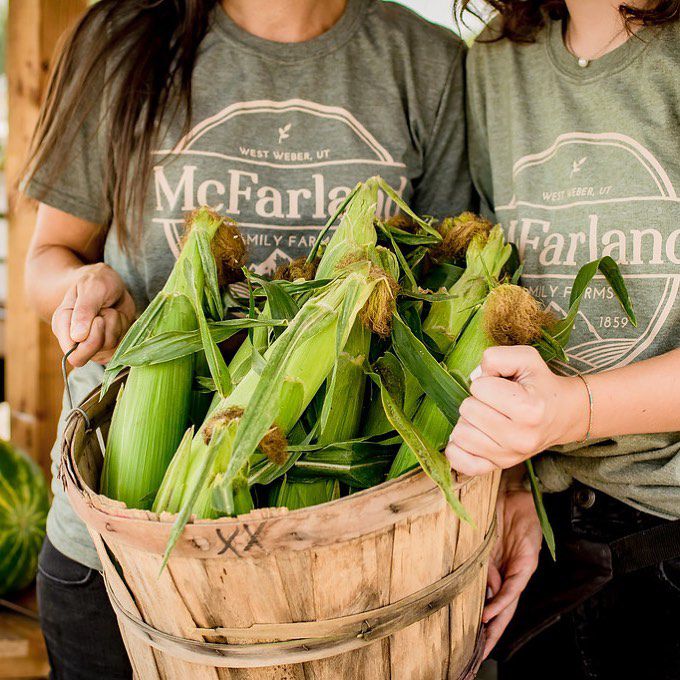 The McFarlands are progressive and continue to try new methods to increase yield and best utilize resources.
The McFarlands are progressive and continue to try new methods to increase yield and best utilize resources.
“We’re experimenting with double cropping right now because sweet corn is such an early crop, the ground sits the rest of the year and rather than go out and try to find more acres to expand, we’re just going to try to be smarter with the ground that we have,” said Kenny. “A field planted in sweet corn in the spring was planted into a pumpkin patch in the summer, and the pumpkins were ready to harvest.”
Since growing produce is so labor intensive, the McFarlands are grateful for the skilled workers that come from Mexico every year to work for them. They have a lot of returning workers, and value their relationship with them.
Growing up selling corn, it seemed like a natural progression to open produce stands in Logan while attending Utah State. “When we got married, we were [going to school] at Utah State, and so we opened up some stands up in Logan and that’s what he did over the summer,” said Jamila McFarland, Kenny’s wife. “[Kenny would] come down and help his dad get everything harvested, and then take it up to sell.”
Expanding the Business
After graduation, Kenny and Jamila moved to West Weber and the farm stands became their niche. Today, they run five stands in Weber County and three in Cache County. They also run a pumpkin patch near their home called Farmer Mac’s Pumpkin Patch.
Jamila organizes all of the retail stands, including solidifying the location, obtaining permits, designing the stands, coordinating product delivery, and hiring and supervising employees. Originally from Taylorsville, farm life has been an adjustment for Jamila, but she has taken to it.
“It’s been a learning curve for me, but it’s a good place for me,” said Jamila. “We kind of tag team the stands. Kenny gets the product to the stands and I manage the employees.”
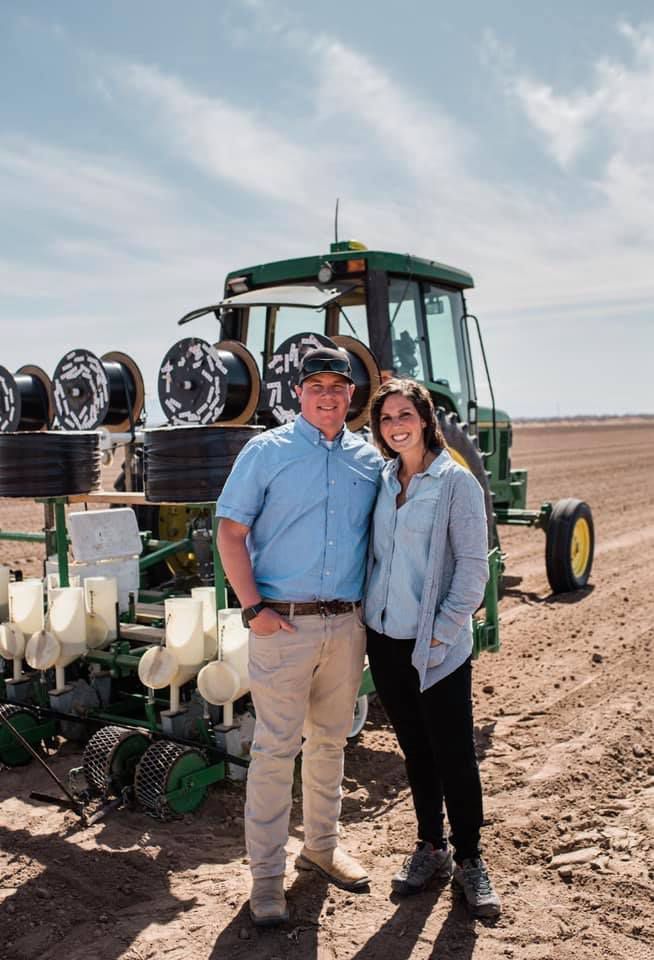 At the beginning of the season, Jamila trains new employees on how to operate the produce stands, and she visits stands throughout the week to provide additional training and ensure the stands are well-organized. The workforce at their stands typically consists of local high school students.
At the beginning of the season, Jamila trains new employees on how to operate the produce stands, and she visits stands throughout the week to provide additional training and ensure the stands are well-organized. The workforce at their stands typically consists of local high school students.
Organizing and training the approximately 40 employees that work the stands can be a challenging task, but the rewards are also great.
“We have really good help at the stands, and they get better every year. The ones that come back develop their public speaking skills and their confidence,” said Jamila.
One thing they really focus on in their retail business is the connection to the farmer. Each morning while their stands are operating, Jamila prepares a list of the produce that will be in the stand that day along with the source of the produce. The majority of the produce is grown by the McFarlands but they are always transparent about the origin of the food that they sell direct to their retail customers.
The McFarlands use social media, signs and word-of-mouth to market their produce, and their sweet corn keeps people coming back.
“Our sweet corn is excellent, and people come from miles for it,” said Jamila.
Currently, the McFarlands sell about 25% of their produce through their stands, an increase from around 10% of their crop being sold through their stands a year ago.
“We did more stands and they just did better because of the pandemic,” said Kenny. “I think people really enjoyed buying their produce straight from a farm.”
The balance of their crop is sold through grocers such as Associated Foods, Winco and Harmons as well as to other farm stand owners to resell at their own stands. The McFarlands are working towards increasing their direct-to-consumer distribution capacity.
“As we expand, we’re going to be expanding our retail. That’s where our main focus is right now,” said Kenny.
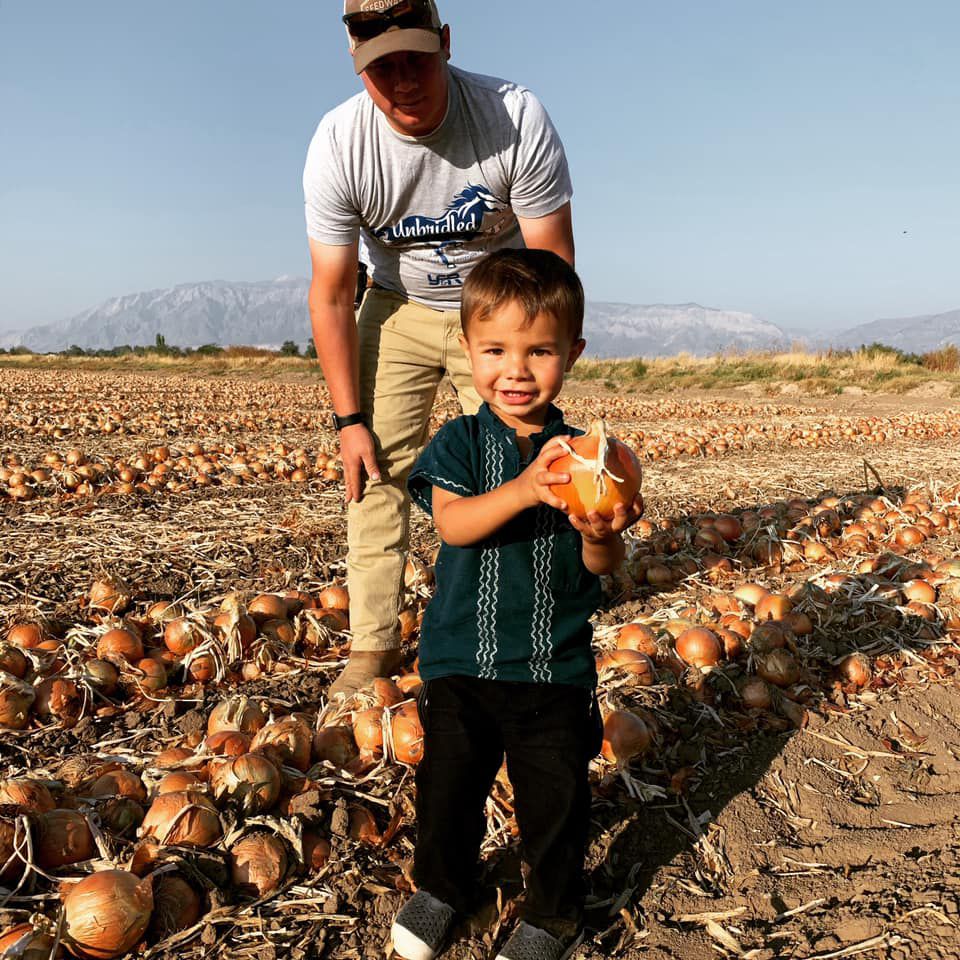 Working with consumers that love their product is very rewarding, and they are grateful to have the opportunity to provide fresh, quality produce to their customers.
Working with consumers that love their product is very rewarding, and they are grateful to have the opportunity to provide fresh, quality produce to their customers.
“The appreciation that you get as a farmer is when customers are crazy about your product, that’s the number one thing that we gain from the stands,” said Jamila. “They’re obviously not our biggest income maker, but people wait in line on opening day, they’re calling asking us how many more days and they count down the days with us. They are crazy about our sweet corn and it makes it so much fun for us.”
The McFarlands love what they do and look forward to continuing to provide quality produce to their customers as they adjust to the changing agriculture landscape as land becomes scarcer.
“We’re going to have to adapt over the next 10 or 20 years,” Kenny said. “We’re just going to have to adapt as we go and if we need to be a farm that only farms 50-100 acres that’s all a hundred percent retail, that’s still a sustainable farm. We can still do very well that way.”
You can find out more information about the farm and the different produce available at mcfarlandfamilyfarms.com as well as on Facebook and Instagram.
This article was produced by Western AgCredit and originally was published in its magazine, FenceLines.
Want more news on this topic? Farm Bureau members may subscribe for a free email news service, featuring the farm and rural topics that interest them most!
